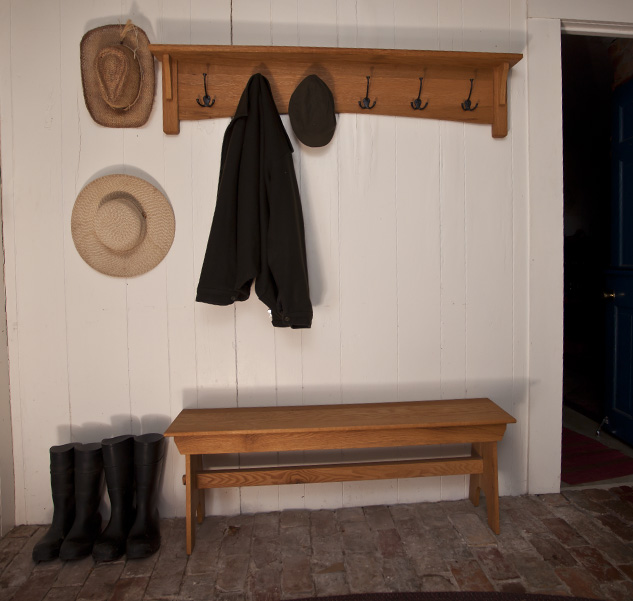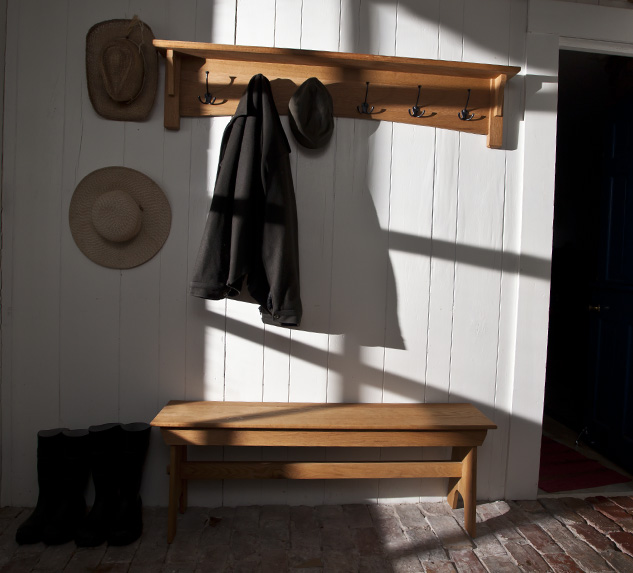Sure, there's still some snow on the ground, but summer is just around the bend. I promise. So, let's brush up on a key summer photo skill:
There are a few things as iconically estival (Yes, estival is actually a word. For God's sake look it up, people.) as the great American past time of finding something sort of tall-ish and then jumping off of it into something sort of cold and wettish. It's tradition. And more than that, it's frickin' awesome. Ideally, the distance to the water will be greater than or equal to the height at which you feel slightly uncomfortable. And the water will be less than or equal to the temperature at which you gasp slightly upon entry. If either of these factors is not in the optimal range, the equation can still be balanced by attempting to invert one's self in the distance between the take off and landing. All complex math aside, jumping off of stuff is neat. And so is having good photographic evidence of said act. So here's a few summer photo tips for capturing the perfect cliff jump.
***WARNING: Jumping off stuff is dangerous. Always make sure you have a safe landing zone clear of obstacles and with enough water to cushion any fall. Also, try not to be dumb. You have been warned. Anything you do now is your own fault.***
Choose an angle- Pick a location from which to shoot that gives your audience some context information. Let us see the jumper, the water and the rock. Also keep in mind where the light is coming from. A jumper silhouetted against a bright sky can be cool, but it may not convey much information about what's going on. Try changing your angle to show us more of the scene.
Set your exposure- The key here is to choose an accurate exposure that has the capacity to freeze fast motion (which means you need a high shutter speed) and enough depth of field to accommodate a moving subject. Based on the standard principles of gravity and acceleration the average person will fall at a rate of...um...hang on a second, carry the 2...fast. They'll be going fast. So you're going to need a shutter speed in the range of at least 1/1000 of a second to truly freeze their rapid downward motion. Not to mention capturing the epic curtain of water caused by their often less than graceful entry into the drink. This is one of those activities where a faster shutter speed will never fail you. Aim high.
Lock the Focus- The auto focus system on most cameras will struggle to lock onto a moving subject and fire off a frame in the time that it takes a person to exit a cliff top and enter the water. That means you'll miss the shot. So you're better off switching over to manual and focusing on something that will be the same distance from you as the jumper at the optimal location in their descending arc. With the camera pre-focused, you can fire off frames with no delays. Now you're ready.
Time your shot- Don't just set your camera to rapid fire and machine gun frames as your screaming friend careens towards the water. Even high frame rate bodies miss moments in between the frames. Instead of trying to capture every moment, watch for the perfect moment, and try to capture just that. One great image will always be better than 10 mediocre ones. After all, how many are you really going to hang on your wall? This kind of timing takes practice. But with a little work you can start to anticipate when the greatest moments will happen. Combine that with good composition and you'll have a great photo.
Now get out there and try not to hurt anybody!






















